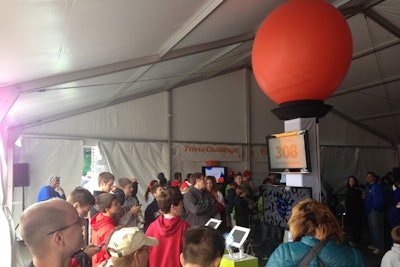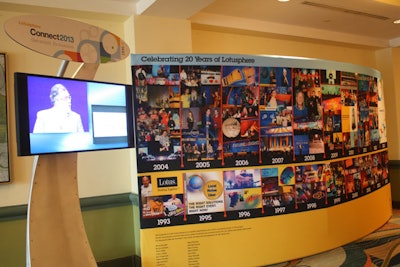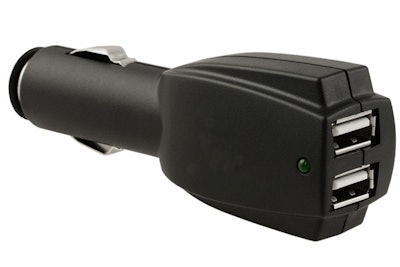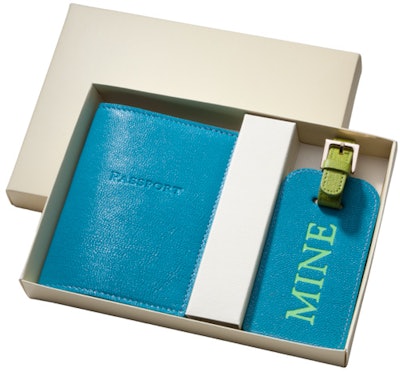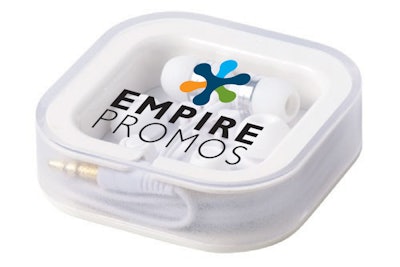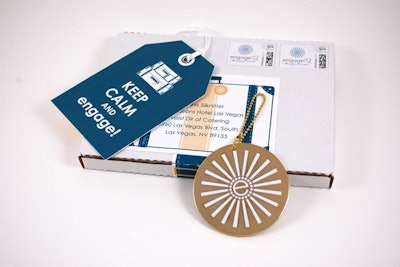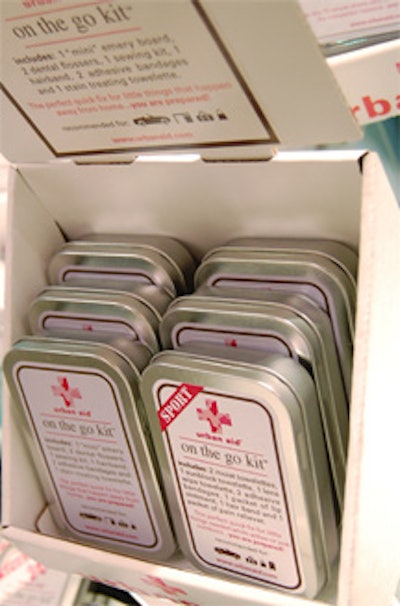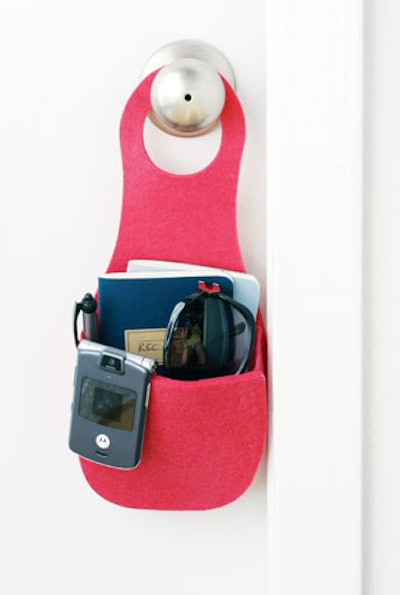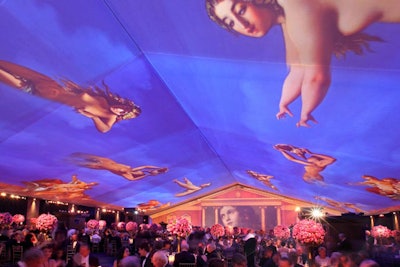
In 2010, the Los Angeles County Museum of Art's Lynda & Stewart Resnick Exhibition Pavilion opened with a masquerade gala for 1,000 guests. Art from the Resnick's collection came to life by way of projections under the dinner tent.
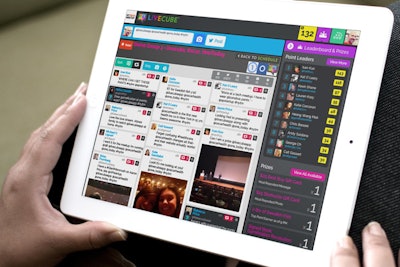
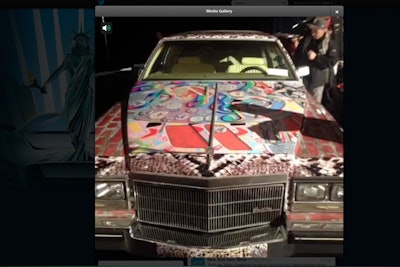
Twitter’s video-sharing app, Vine, has been adopted by both event planners and guests. Last spring, the New York International Auto Show invited the public to request videos of specific vehicles being unveiled during the show's press days. A team from Situation Interactive, the event’s digital marketing agency, created 73 Vine videos and shared them through the show’s Twitter and Facebook accounts, reaching 1.8 million people on Twitter alone. Brands are also using Vine to build buzz before trade shows and other events, and planners use it to show off their work and create inspiration for new clients.
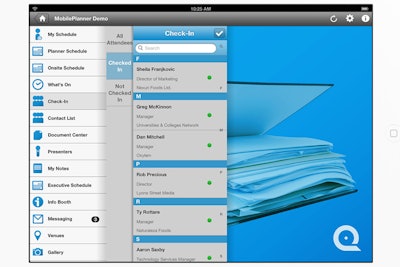
QuickMobile, a maker of mobile apps for meetings, conferences, and trade shows, created a product intended to help planners get their work done more efficiently. MobilePlanner debuted in mid-October and allows planners to manage documents, schedules, vendor contracts, exhibitors, attendees, speakers, and sponsors in one system that can be accessed on any device. Planners can manage multiple events simultaneously within the app and can allocate full or partial access to other team members. MobilePlanner can track progress and communication among everyone working on an event, and the organizers can also send push notifications for quick updates. At an event, the app indicates who has checked in and tracks details such has flight information, transportation, accommodations, and dietary needs.
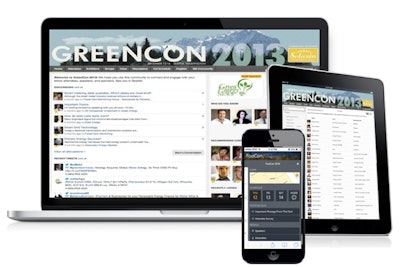
In November, Pathable updated its system to operate as a mobile Web app for offline usage, which allows attendees to access their agendas, appointments, messages, speaker handouts, and interactive floor plans even without Internet access. The system focuses on facilitating engagement and networking, so attendee profiles include searchable keyword tags that help people identify others to meet at the event. Exhibitors get a landing page with instructions on how to customize it with their logo, company information, videos, and more. For an additional charge, they can also see traffic volume on their profile pages and receive lead retrieval data.
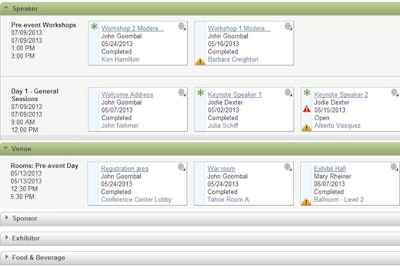
A former event marketing professional for German software company SAP is the creator of Goombal, an online system to add efficiency to corporate event planning. The system is set up with a dashboard organized with drop-down tabs where users input information related to speakers, venues, sponsors, exhibitors, entertainment, food and beverage, audiovisual needs, and other categories. Activity cards within each tab hold details related to each topic. Goombal automatically updates the event budget as expenses and revenue are added, and yellow and red triangles flag tasks that are incomplete or behind schedule. Every member of the event team can have system access (full or limited), and Goombal can also be used for communication with those outside the team, for example to contact speakers to request a bio or photo.
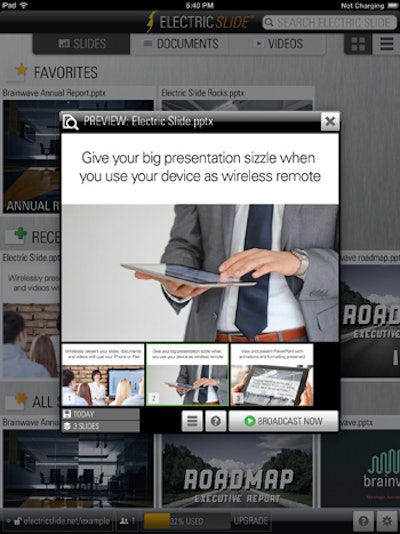
Electric Slide launched in February and allows speakers to share PowerPoint and Keynote slides, documents, and videos using an iPhone or iPad. The files can be displayed on any Web-enabled device, TV, or projector. The app creates a unique URL from which the speaker accesses a presentation; attendees anywhere in the world can follow along by visiting the same URL. The free version includes 50 megabytes of storage and allows as many as five simultaneous live viewers and videos up to 60 seconds; paid accounts offer additional options.
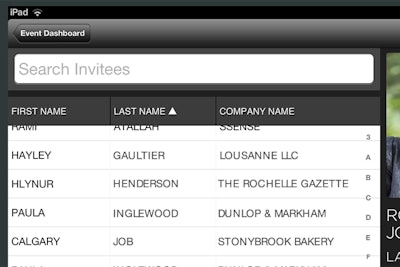
Events GPS is a system for managing invitations, registration, seating, check-in, and more that launched in August from the maker of Fashion GPS, a similar product targeted to the fashion industry. Events GPS has a Web-based platform and a mobile app. Check-in is managed with QR codes or R.F.I.D. chips embedded in physical invitations. Hosts can use the system to store contacts, including photos, and track which events people attended in the past, where they were seated, and other details. After the event, Events GPS can generate reports on attendee engagement.
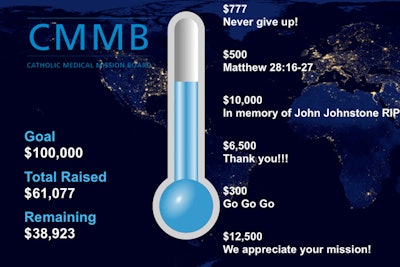
MobileCause began in 2006 as a text-to-give system, with billing handled by cell phone carriers. In June 2012, the company added mobile pledging, which allows users to send a text message to make a donation and then click through on their phones to pay with a credit card. Donors can also add a message, which is displayed on the “donation thermometer” in real time at the event. Donors instantly receive a text message response that thanks them for the donation and provides a link to click through to input credit card information. The mobile site also provides a “remember me” option, which allows the organization to save the donor's information and use it for future communication. For those who opt not to pay at the event, MobileCause provides call center staff who contact each donor a few days later to fulfill the payment over the phone. Pricing ranges from $1,000 to $2,000 for consulting services, plus a transaction fee of 50 cents and between 5 percent and 7.25 percent per donation.
